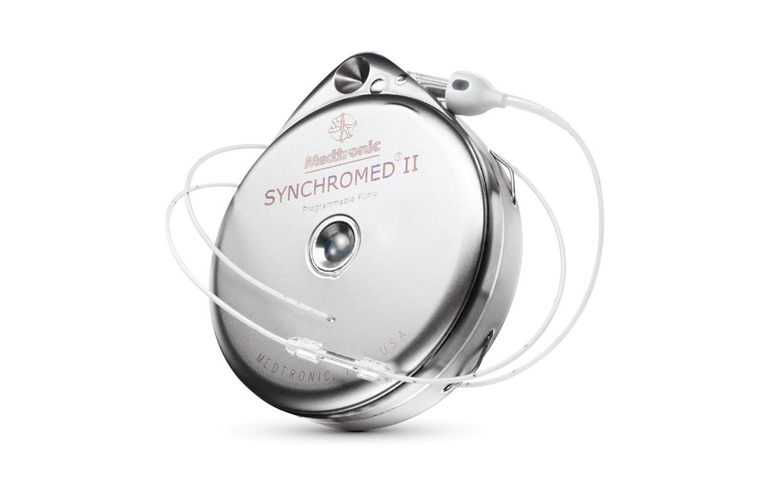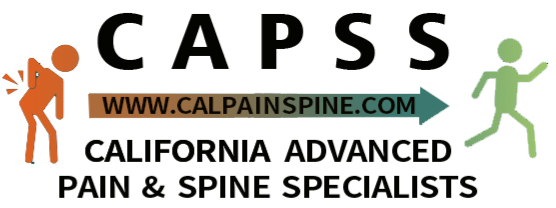Cancer Pain
Not everyone with cancer has cancer pain, but some do. If you have cancer that’s spread or recurred, your chance of having pain is higher.
Most cancer pain is manageable. Controlling your pain is essential to your treatment.
Common Causes of Cancer Pain
If the pain is from the cancer itself, it can be from the cancer growing into or destroying nearby tissue. As a tumor grows, it can press on nerves, bones or organs. The tumor can also release chemicals that can cause pain. Or your body’s reaction to the chemicals can cause pain. Cancer treatments, including surgery, radiation and chemotherapy, also can cause pain.
Treatments for Cancer Pain
Cancer pain remains undertreated, and a significant number of patients with cancer die while suffering from severe untreated pain every year. With an increasing survival rate for cancer patients, the prevalence of cancer pain is also rising. While the vast majority of chronic cancer pain may be managed with pharmacologic therapies, many patients do not achieve adequate pain relief. Intrathecal pumps may provide an alternate route of administration of pain medication, which may improve pain relief and side effect management.

Intrathecal Pumps
Intrathecal pump is a method of giving medication directly to your spinal cord. A round metal device about the size of a hockey puck is surgically placed under the skin of your abdomen. A small plastic tube is connected to the pump and delivers medication to the area around your spinal cord.
The pump slowly and consistently releases medication over a period of time. It can be programmed to release different amounts of medication at different times of the day, depending on your changing needs. When the reservoir is empty, Dr. Salazar simply refills the pump. This procedure is completely reversible if you ever decide to have the pump removed.
Intrathecal pumps work more efficiently than oral medication. In fact, your symptoms can be controlled with 1/300 the amount of medication than when taken orally. Less medication, fewer side effects.
We currently manage over 600 intrathecal drug delivery devices.
Let Us Help You

